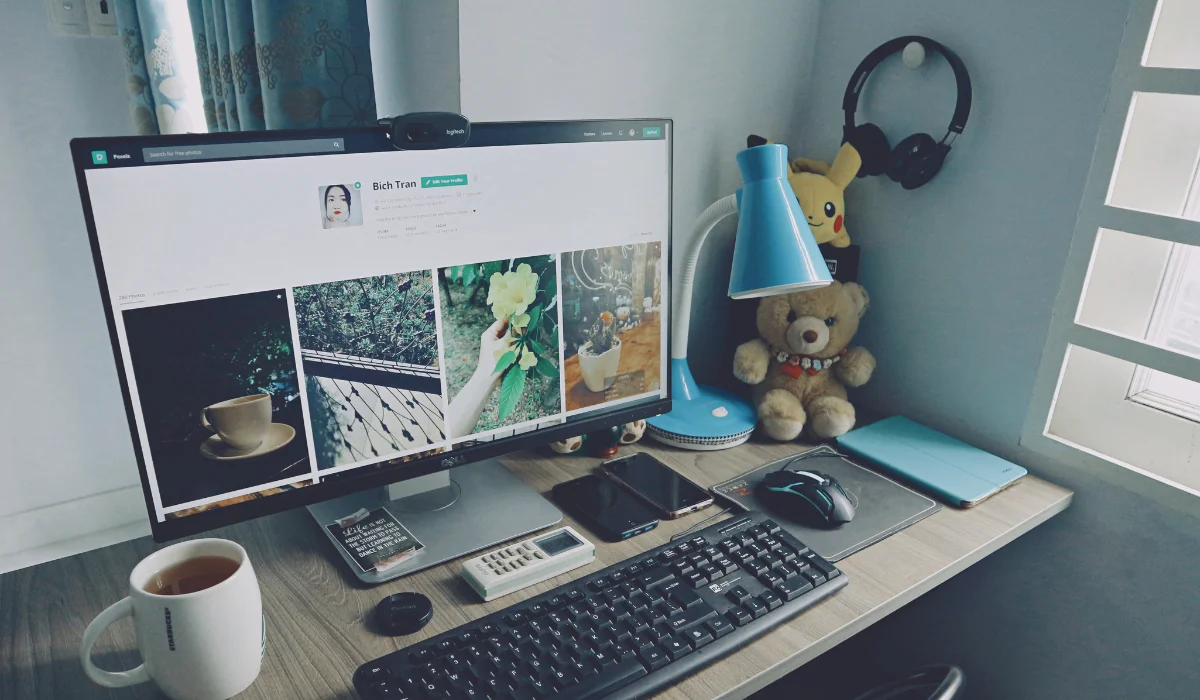Web design is a dynamic area that is continuously altering to accommodate shifting consumer expectations and technological improvements in the quick-changing digital environment. It is crucial to stay updated with web design trends as online platforms increasingly serve as the main point of contact between organizations and their customers.
In addition to being aesthetically pleasing, a well-designed website is a strategic tool that can significantly impact user engagement, conversions, and general brand perception. Let’s make it more clear with an example here.
If you’re in the UK, hiring a reputed web agency in London can make everything easier and help you accomplish these outcomes with professional finesse. Local agencies understand customer behavior and trends better, ensuring a more tailored approach to your web project.
For those looking to understand more about the future of website design, this article examines five well-liked web design trends that might offer your website a fresh, alluring look.
The Importance of Keeping up With the Latest Web Design Trends
Innovation is a constant force driving the digital landscape in the dynamic realm of web design. It is imperative to stay current with trends in web design. Maintaining a competitive advantage requires keeping up with the most recent design trends since online platforms continue to be the central point of interaction between businesses and their audiences. Web design trends reflect changing user preferences, technology improvements, and user behavior in addition to aesthetic choices.
See Also: 8 Steps for a Stress-Free Website Redesign
Here are some reasons why it’s essential to keep up with these trends:
- Enhanced User Experience: Trends in web design frequently appear in reaction to user requests for better user experiences. Adopting these trends can result in more user-friendly navigation, quicker page loads, and enhanced general usability, all of which improve the user experience.
- Modern Brand Perception: An attractive website showcases a cutting-edge and contemporary brand. Adhering to current design trends shows that your company is conscious of aesthetics, consumer needs, and the ever-evolving digital landscape.
- Competitive Edge: Differentiation is important in an oversaturated online market. Your website will stand out from the competition if you apply innovative design features to draw in and hold users’ attention.
- Mobile Compatibility: Responsive design and mobile-first methods are crucial as mobile usage grows. Following the latest trends in mobile-friendly design can guarantee that your website works properly on all platforms.
- SEO and User Engagement: Websites that prioritize user experience are rewarded by search engines. Numerous design trends, such as quick-loading pages and mobile optimization, are in line with SEO best practices and help websites rank higher.
- Adapting to User Behavior: User behaviors also change as technology advances. Trends like chatbots, personalized experiences, and voice search optimization directly address how people engage with websites today.
Also Read: 10 Best Front-End Web Development Tools
Top 5 Web Design Trends for Websites to Follow in 2024
1. Bold and Vibrant Colors
The days of websites playing it safe with subdued color schemes are long gone. Bold, vivid colors are being used increasingly in modern web design to create memorable and immersive experiences. According to research in color psychology, colors can trigger emotions and impact user behavior.
You may capture visitors and create a lasting impression by selecting eye-catching color combinations that resonate with the ideals of your business and the audience you are trying to reach. Effective websites that use vivid color schemes stand out while also conveying a feeling of imagination, vitality, and modernism.
2. Minimalistic and Clean Design
Simple living is a breath of fresh air in today’s overloaded society. Clarity, content hierarchy, and whitespace are highlighted in minimalist web design, concentrating on the essential features. With this strategy, users may easily explore your website and get the information they need without being distracted.
The clean design adds to speedier loading times, especially on mobile devices, while improving user experience. Brands that promote minimalism demonstrate a dedication to offering value content while promoting a clutter-free and user-focused space.
3. Micro-Interactions and Animations
The tiny, undetectable animations that react to user activities are known as micro-interactions. They increase engagement and improve the user experience by adding a layer of interactivity and playfulness to a website.
These interactions, which range from buttons that slightly change color on hover to fluid scrolling animations, give your content a sense of responsiveness and help users navigate it. Your website can be lively and user-friendly with the help of carefully placed animations without overpowering users.
Must Read: Landing Page Best Practices for 2024
4. Dark Mode and High Contrast
The once-exclusive domain of specialized applications, dark mode, is now a widely used web design trend. It delivers a sleek, contemporary design for gadgets with OLED screens and advantages like lessened eye strain and increased battery life.
Additionally, by making content easier to recognize, high-contrast designs improve accessibility for those with visual impairments. Companies who use dark mode and high contrast on their websites demonstrate knowledge of user preferences and accessibility issues, making their websites friendly to a broad spectrum of visitors.
5. Mobile-First Design and Responsiveness
Designing for mobile devices first has become essential because they account for a sizeable amount of online traffic. The mobile user experience is prioritized in mobile-first design, which guarantees that your website looks and works properly on all devices.
Thanks to responsive design, your website can adjust to various screen sizes and orientations, a crucial component of the mobile-first strategy. Websites that excel at responsiveness and mobile-first design provide a consistent user experience while accommodating an increasing number of mobile users.
See Also: 10 Websites like The New York Times
Conclusion
Your website can be given new life by incorporating these web design trends, making it aesthetically pleasing, user-focused, and technologically cutting-edge. As you investigate these trends, remember that striking the appropriate balance is the key. Each trend should complement your brand’s personality, target market, and overarching goals.
You can build a website that stands out and offers a fantastic user experience, making a lasting impression on visitors and advancing your online business by remaining educated about current trends and carefully utilizing them.





